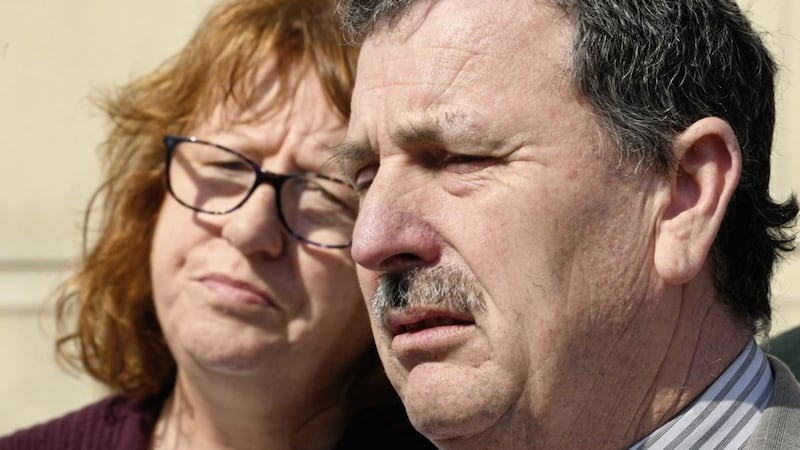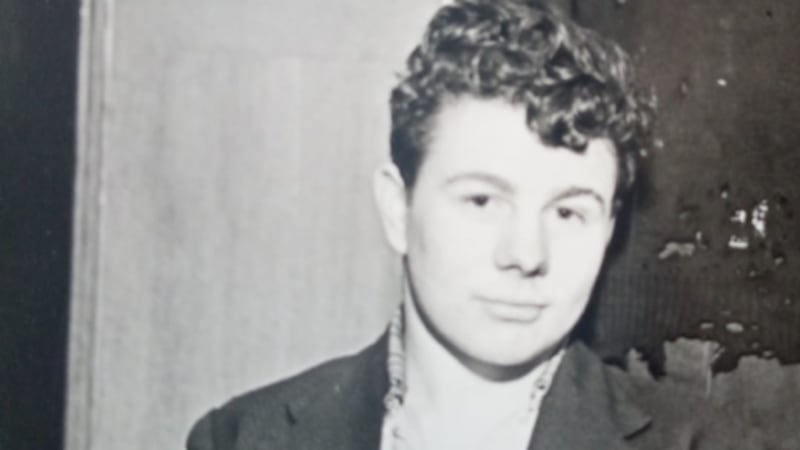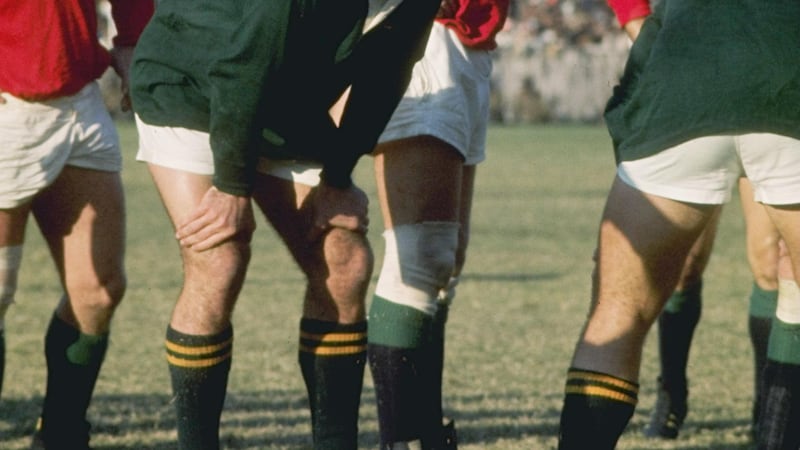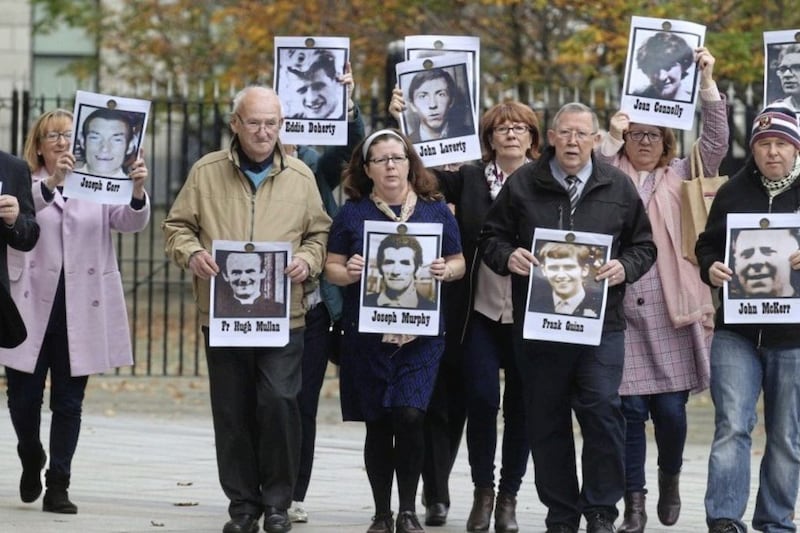MOTHER-of-eight Joan Connolly could possibly have survived if she had received prompt medical treatment, the Ballymurphy inquest heard yesterday.
Mrs Connolly was one of 10 people who died during a three-day period in west Belfast in August 1971 following the introduction of internment.
The coroner's court, sitting at Laganside in Belfast, was told that Mrs Connolly (50) died of blood loss as a result of gunshot wounds and probably survived for "tens of minutes" after being shot in the face, thigh and hand.
The court heard there was no evidence she was carrying a weapon and that traces of alcohol in her system could have been the result of natural processes that occur after death and not necessarily from consuming alcohol.
Details of the deaths of father-of-13 Daniel Teggart (44), window cleaner Noel Phillips (19) and father-of-12 Joseph Murphy (41) were also outlined to the court.
All four victims were shot near the Henry Taggart army base near Springfield Park, in an area known locally as the Manse.
The court heard details of two reports, one of which was a joint report compiled by pathology experts Dr Benjamin Swift, for the Coroner's Service of NI, Dr Nathan Carey, representing some of the next of kin, and Professor Jack Crane, on behalf of the Ministry of Defence (MoD).
Dr Swift, who read the findings to the court, said Mr Teggart died of high velocity gunshot wounds to the trunk and limbs while Mr Phillips died "within minutes" after three gunshot wounds to the neck, trunk and thigh.
Mr Murphy (41), meanwhile, died on August 22 in the Royal Victoria Hospital, 12 days after he was wounded, as a result of septicaemia due to a gunshot wound of the thigh.
Dr Swift said there was no evidence that he had been beaten or kicked or that he had been struck by a plastic bullet.
A barrister for the family of Joan Connolly put it to Dr Swift that "Mrs Connolly effectively bled to death", to which he replied "yes".
She also referred to a report by Dr Carey on Mrs Connolly's potential for survival with medical help, to which Dr Swift agreed he believed this would have been possible.
A barrister for the MoD questioned Dr Swift on the number of bullets that could have struck Mr Teggart, but he said he could not give a minimum or maximum number as some of the injuries could have been produced by fragmented bullets.
Dr Swift confirmed to the barrister that injuries sustained by Mr Teggart were caused by high velocity bullets.
Coroner Mrs Justice Keegan also questioned Dr Swift on different types of bullet wounds, with Dr Swift explaining that if a bullet is fragmented or if it ricochets it creates different wound patterns to that of a "normal, stable bullet".
The inquest continues.








